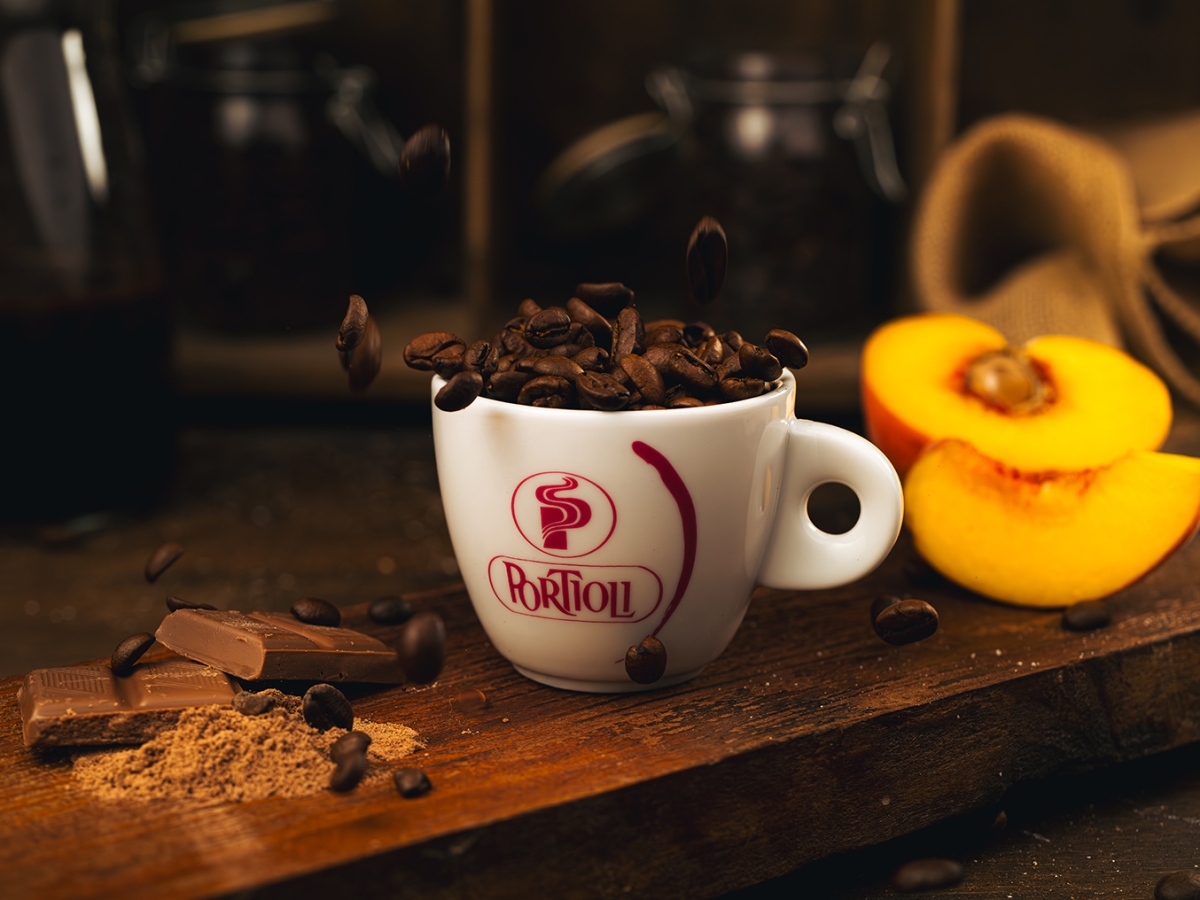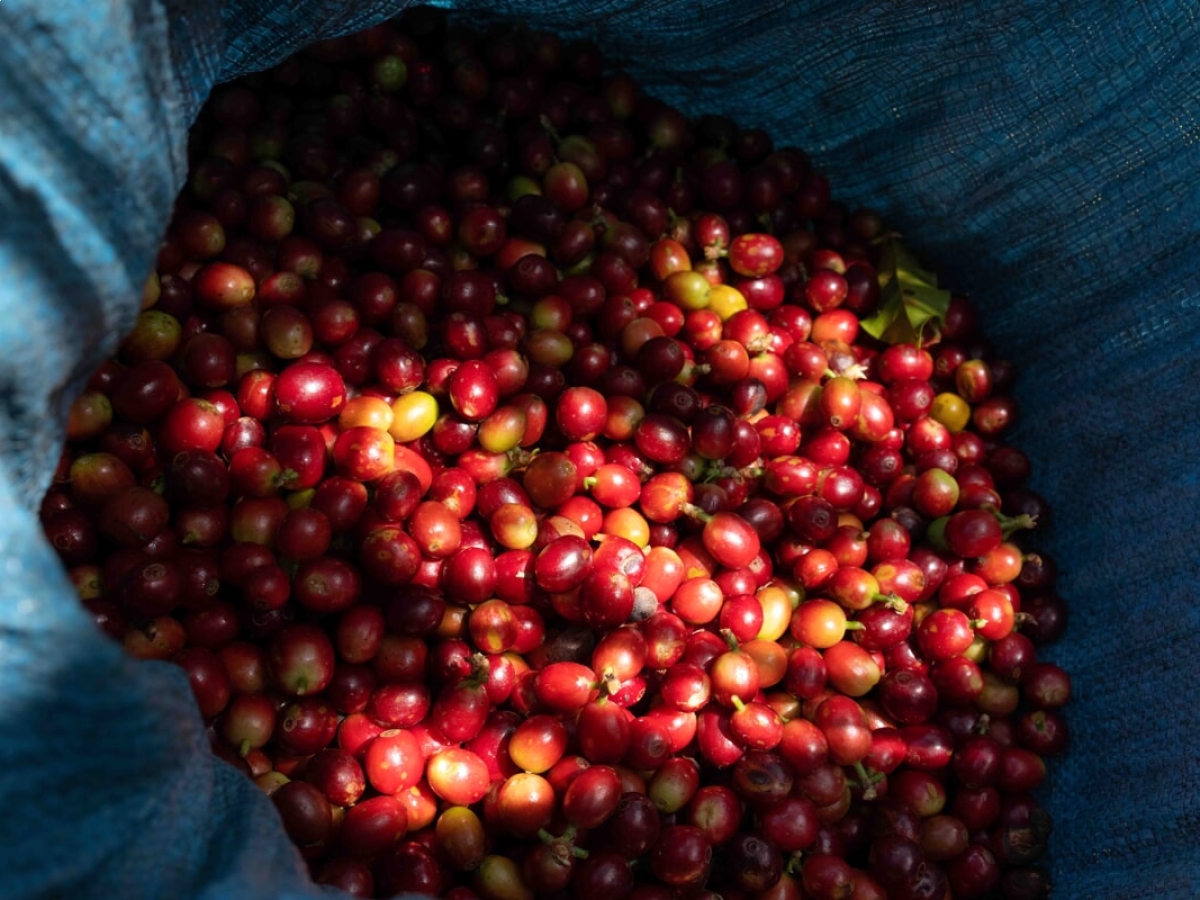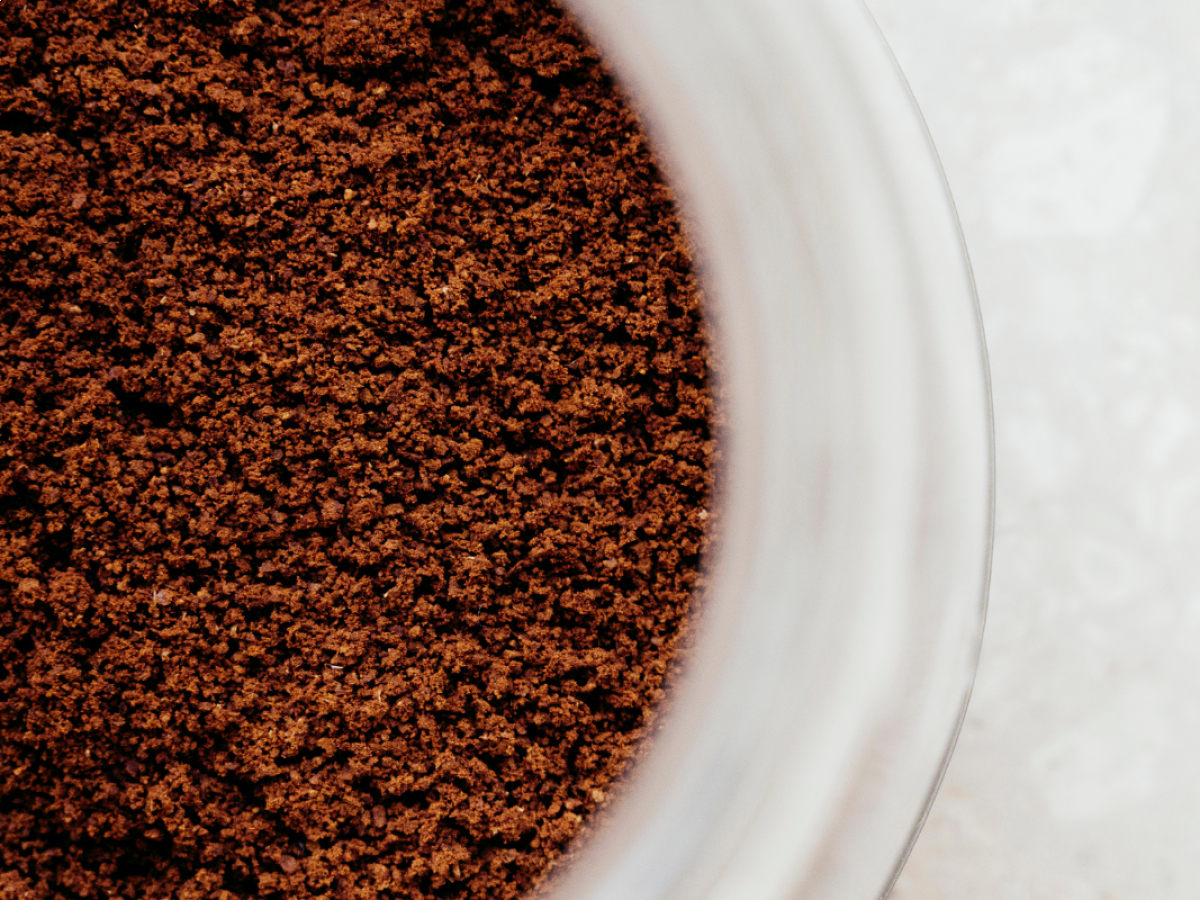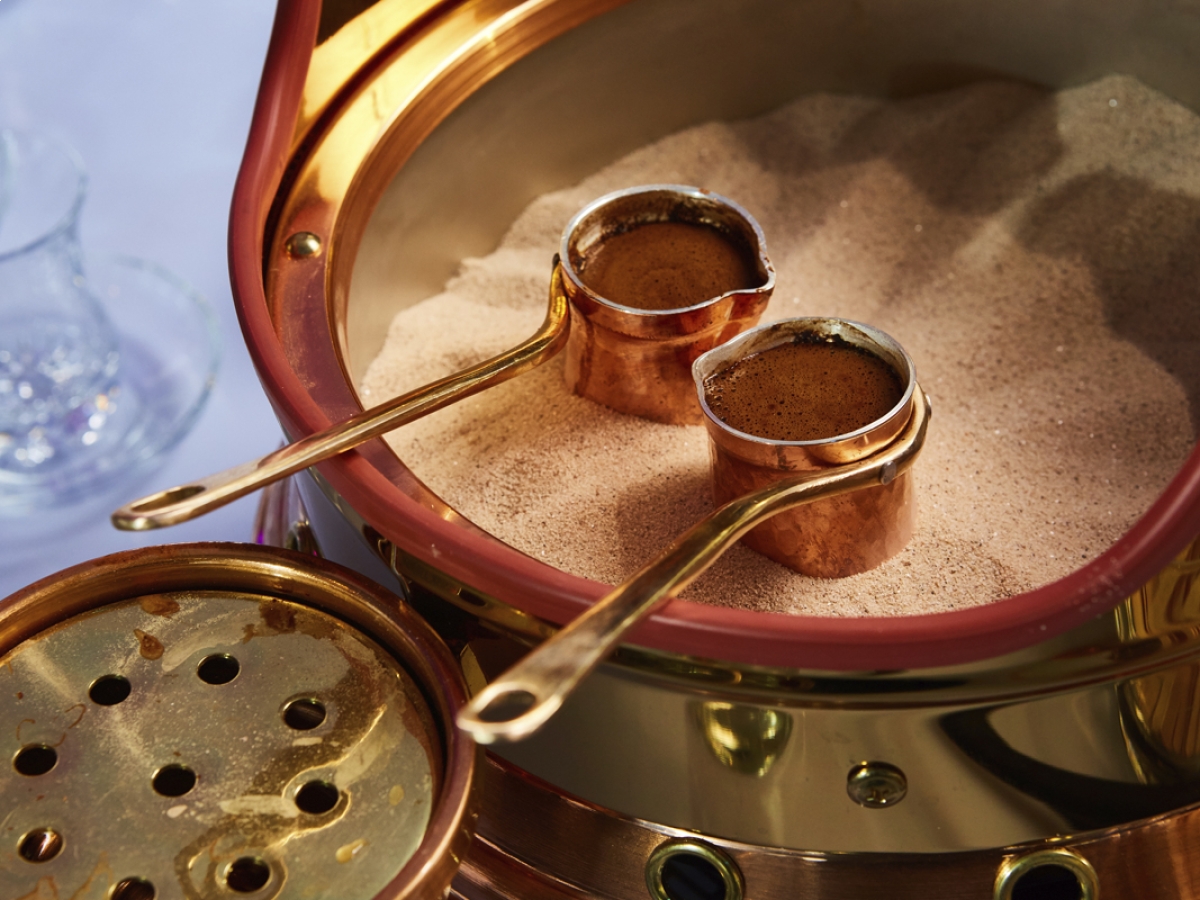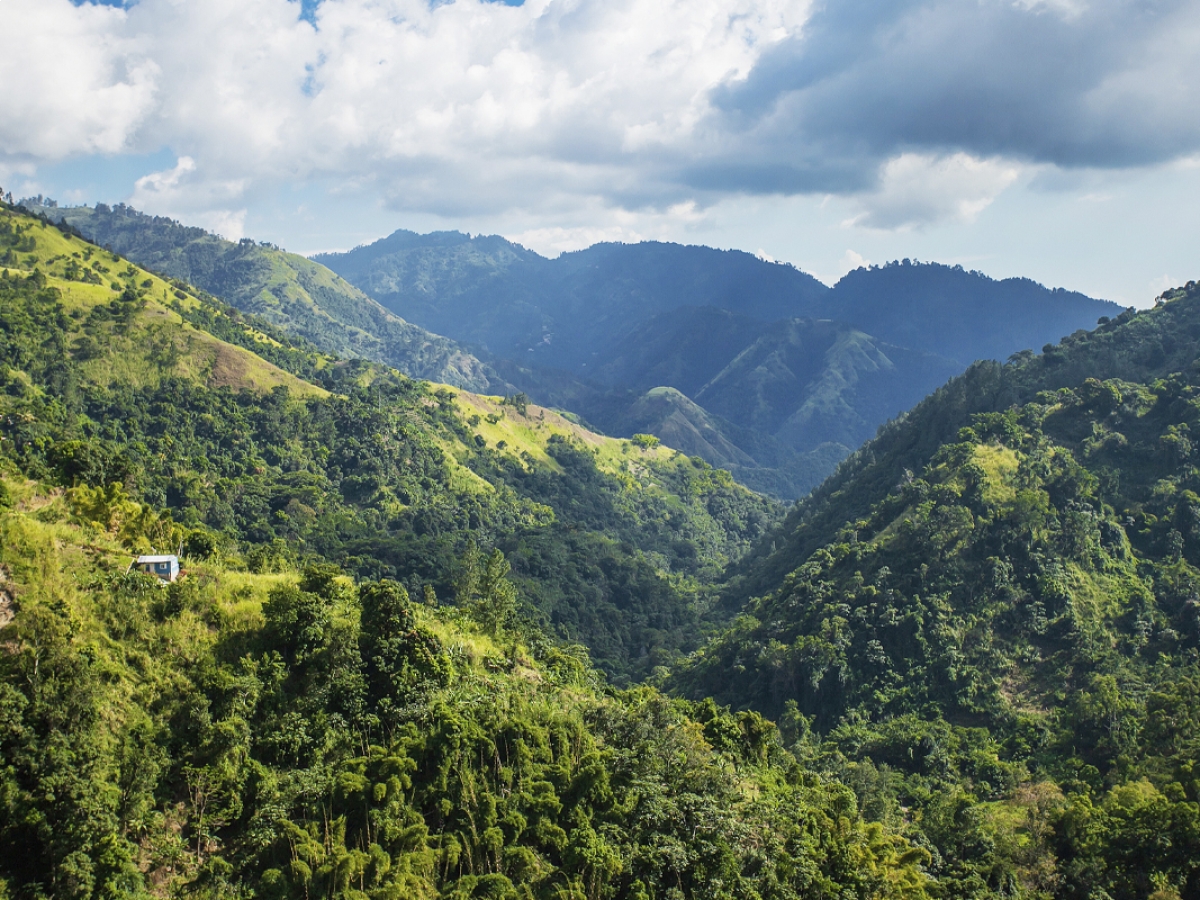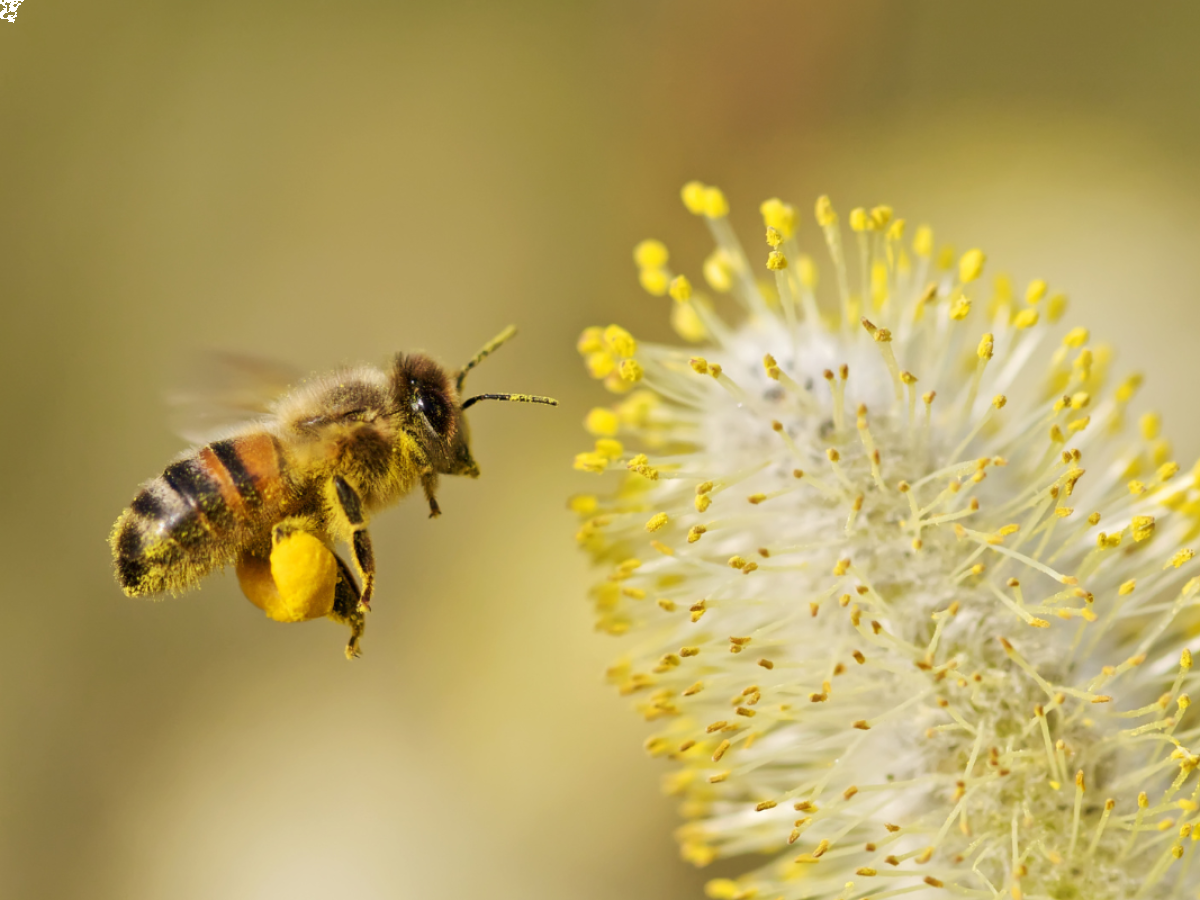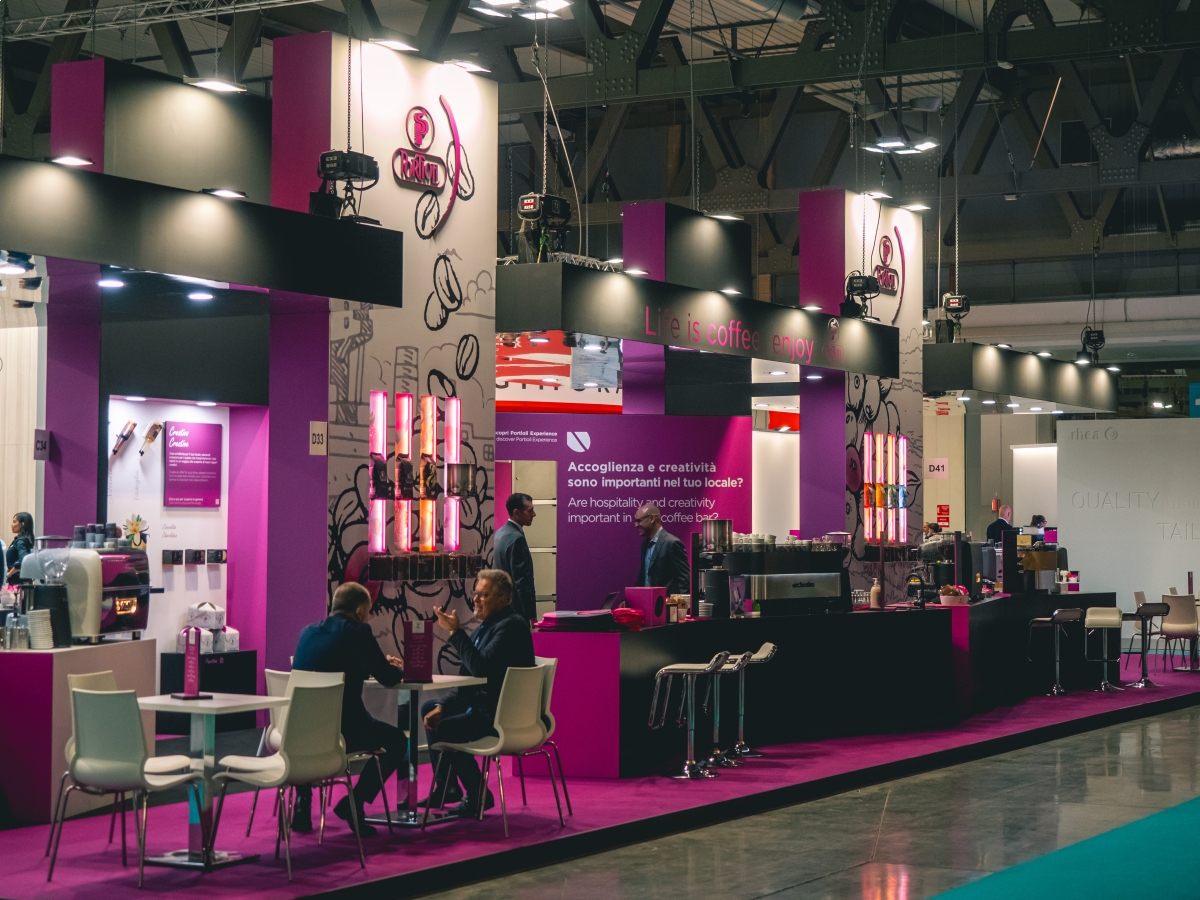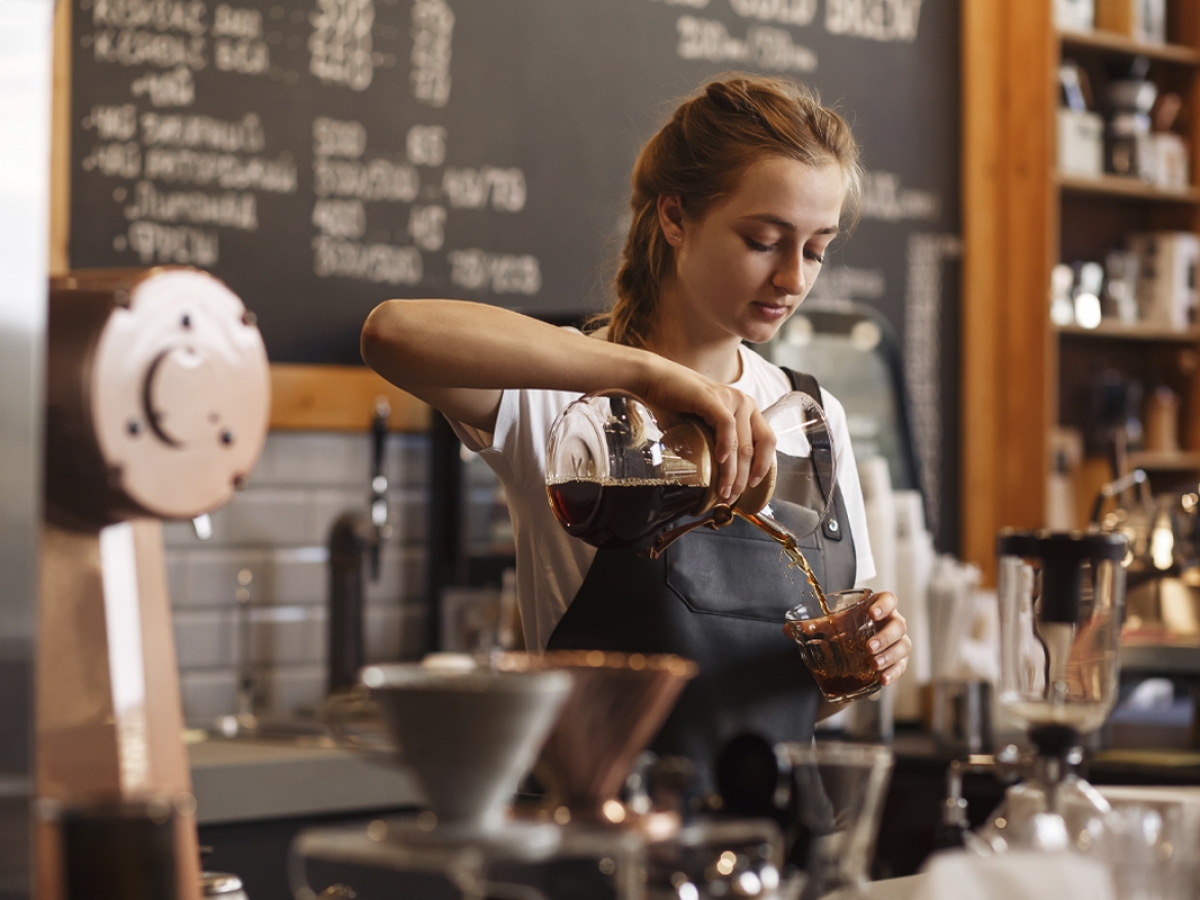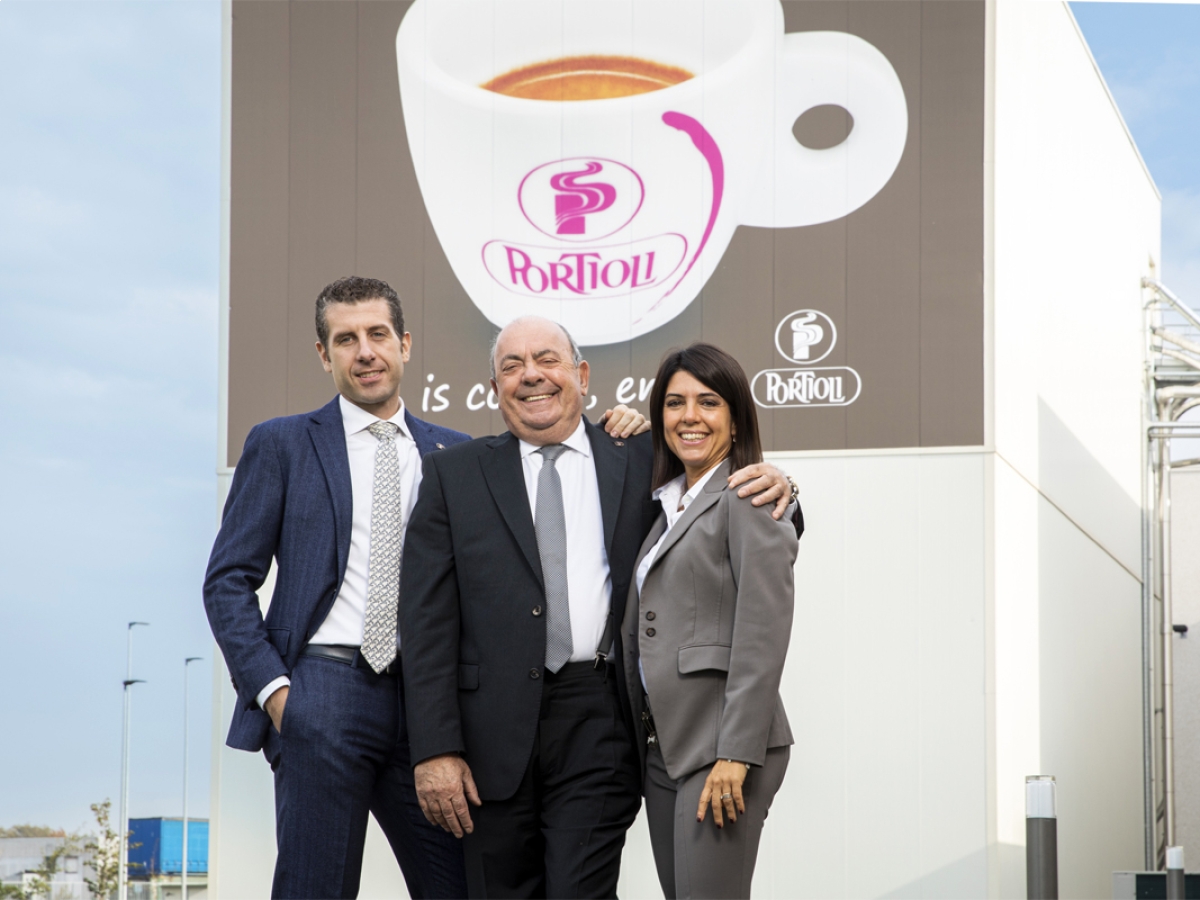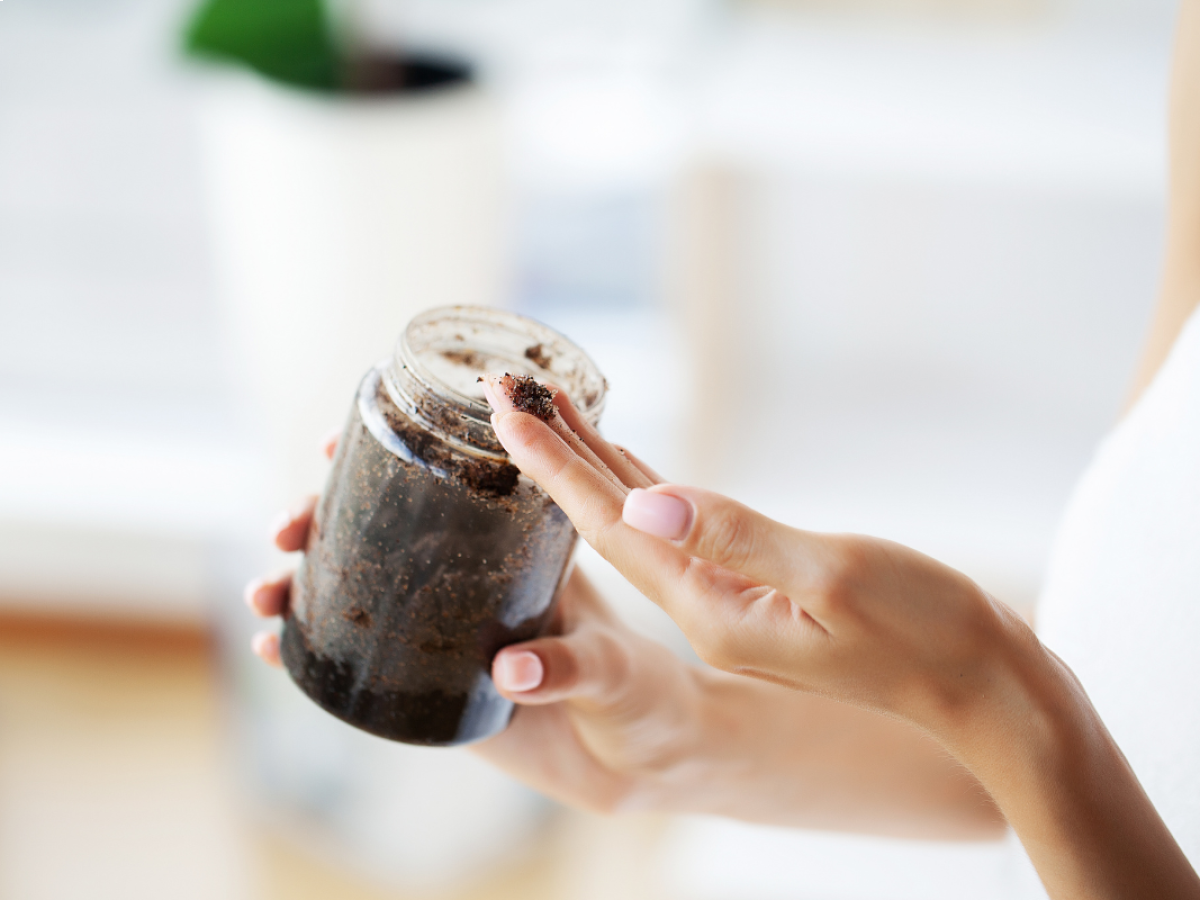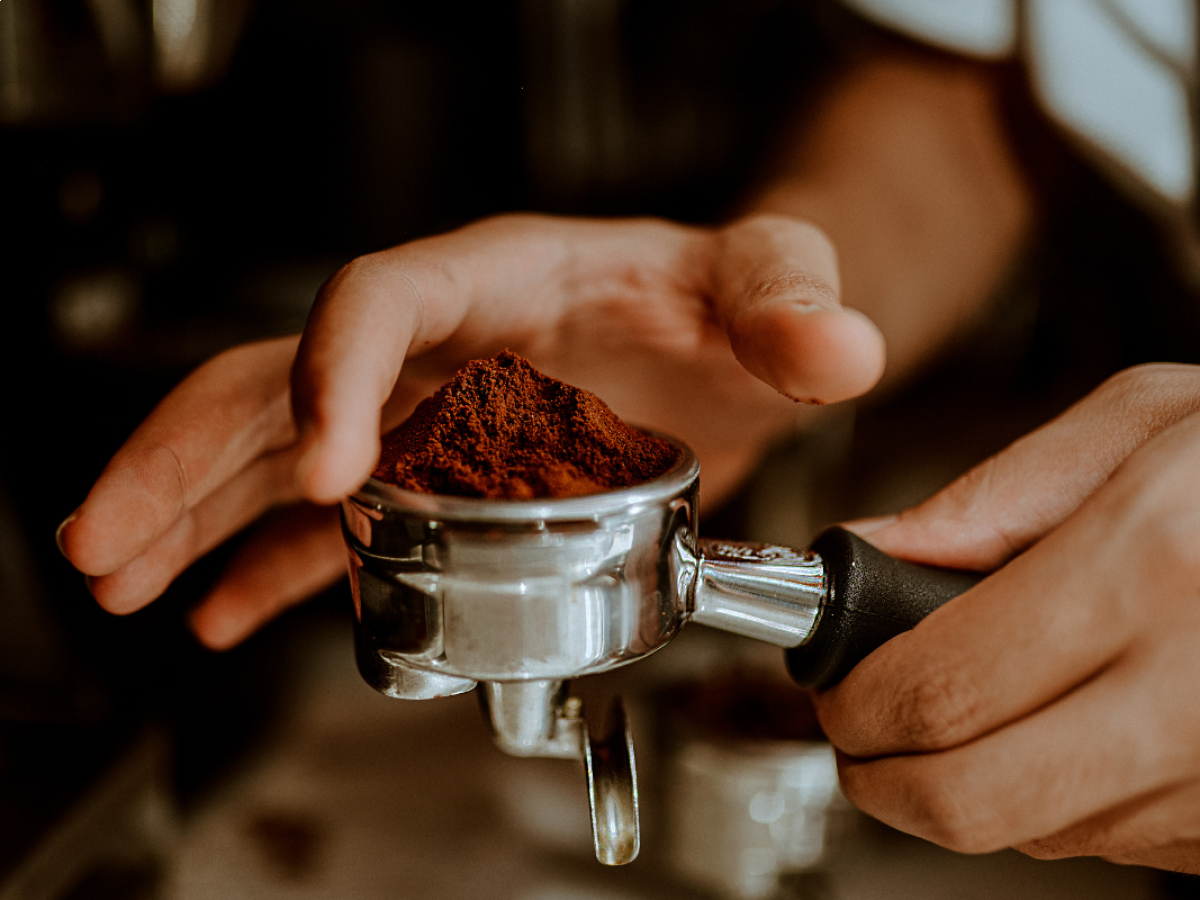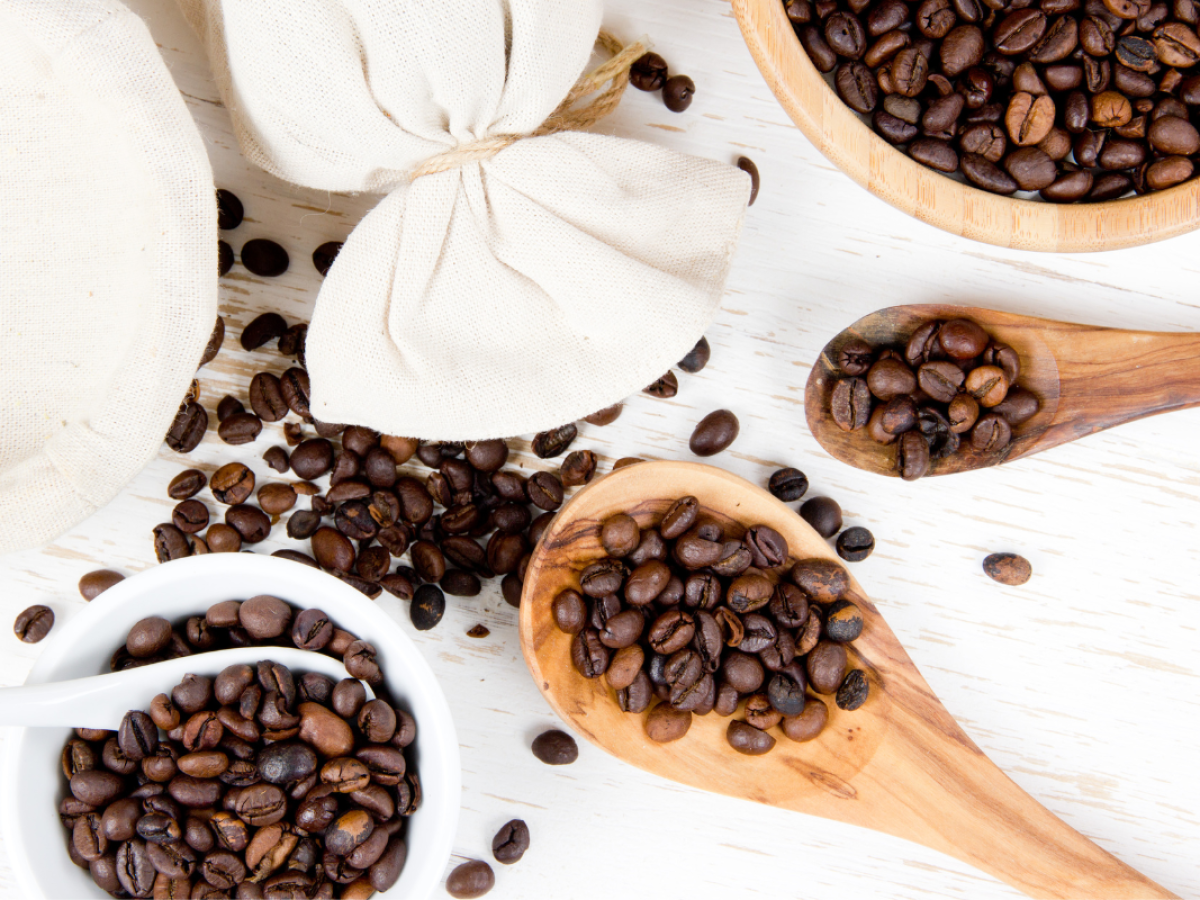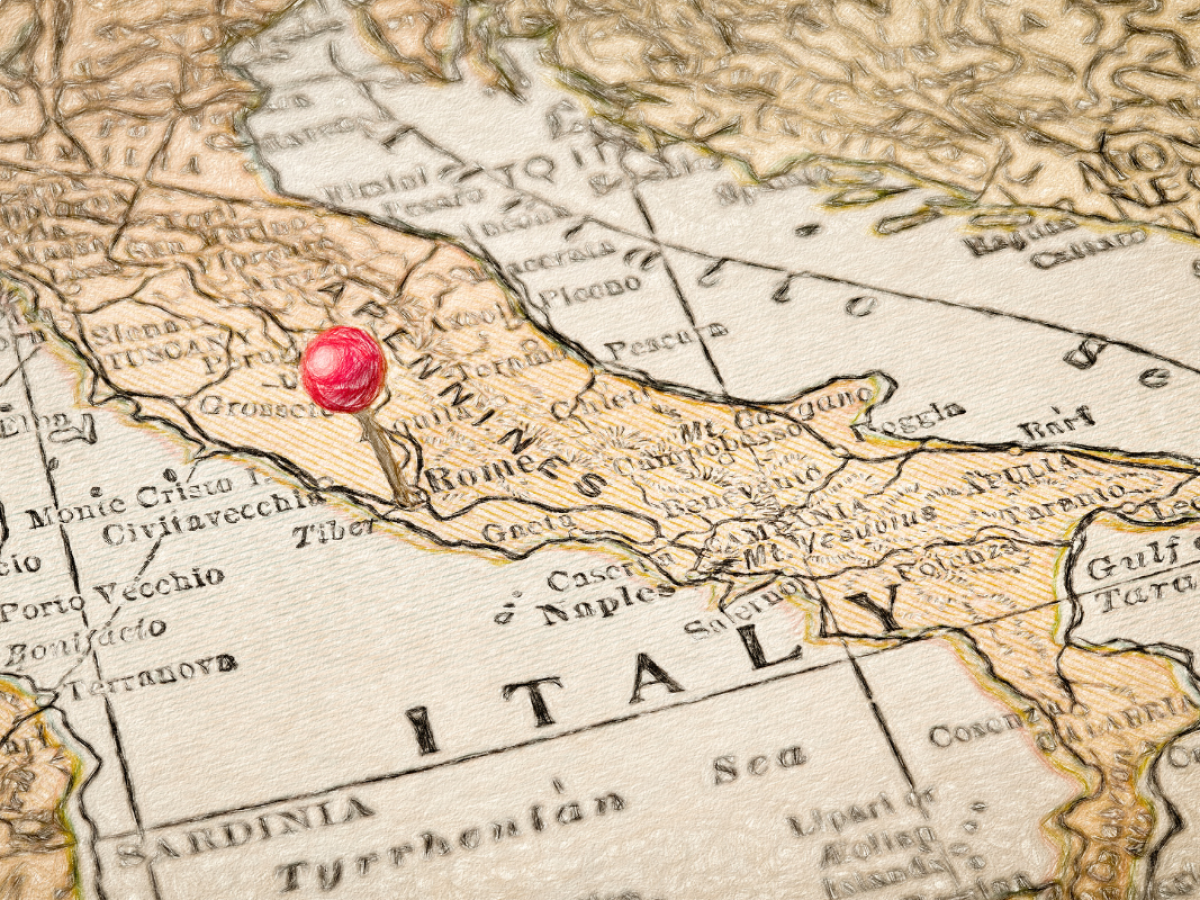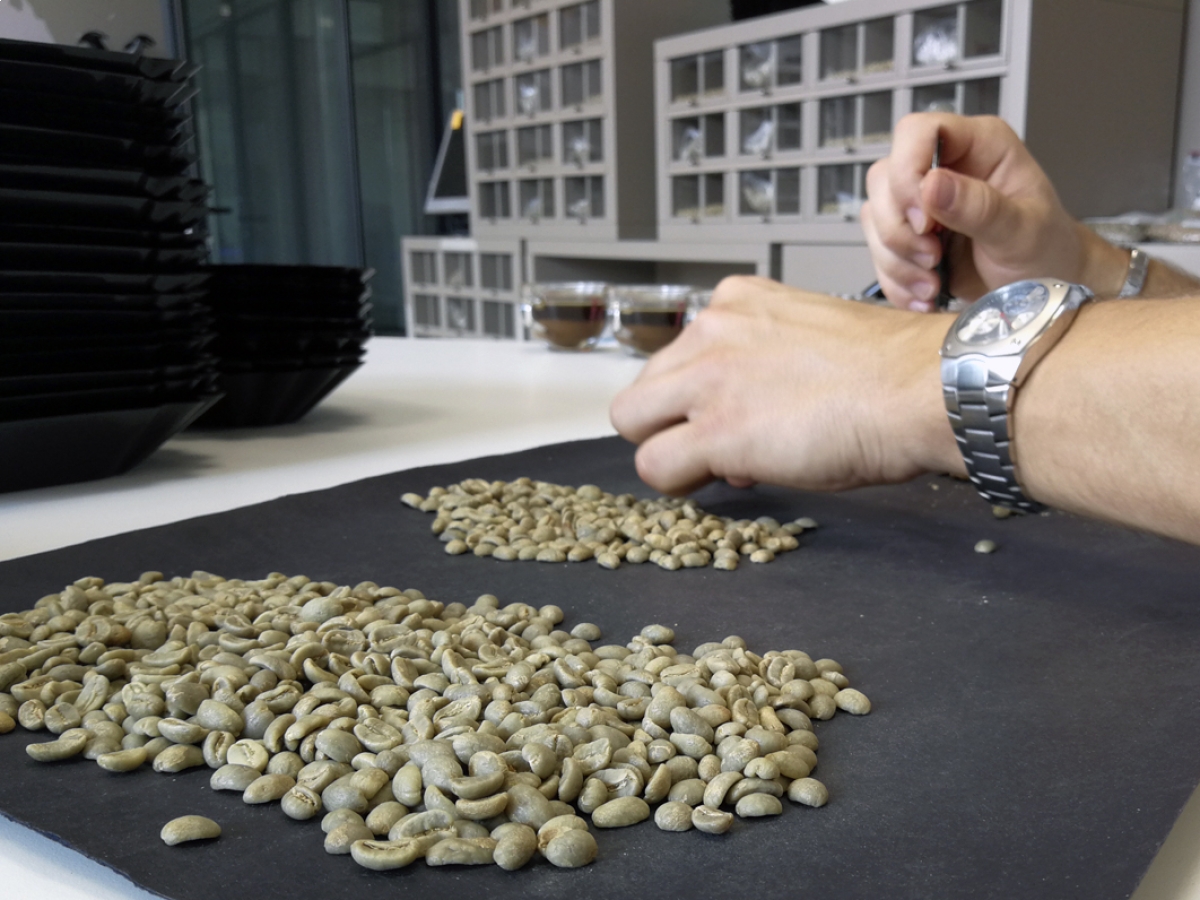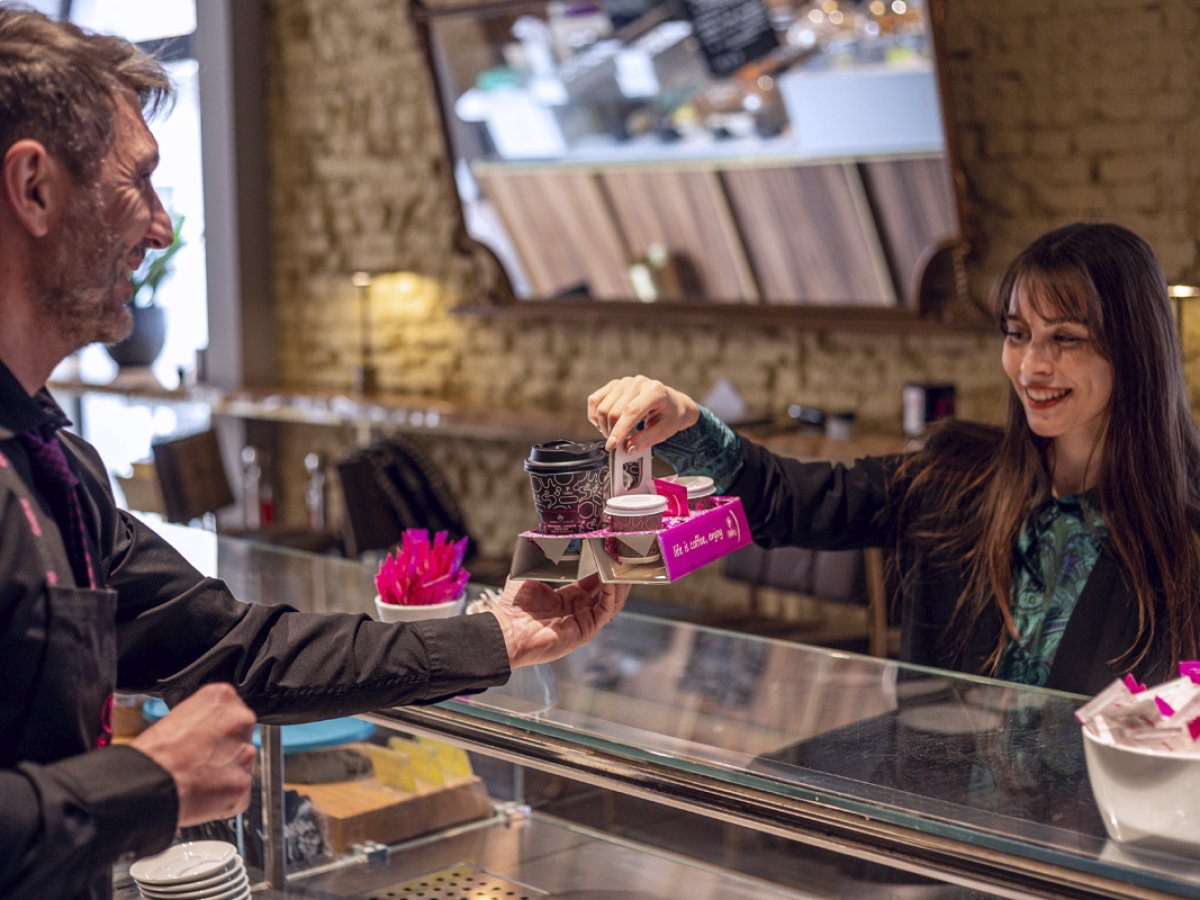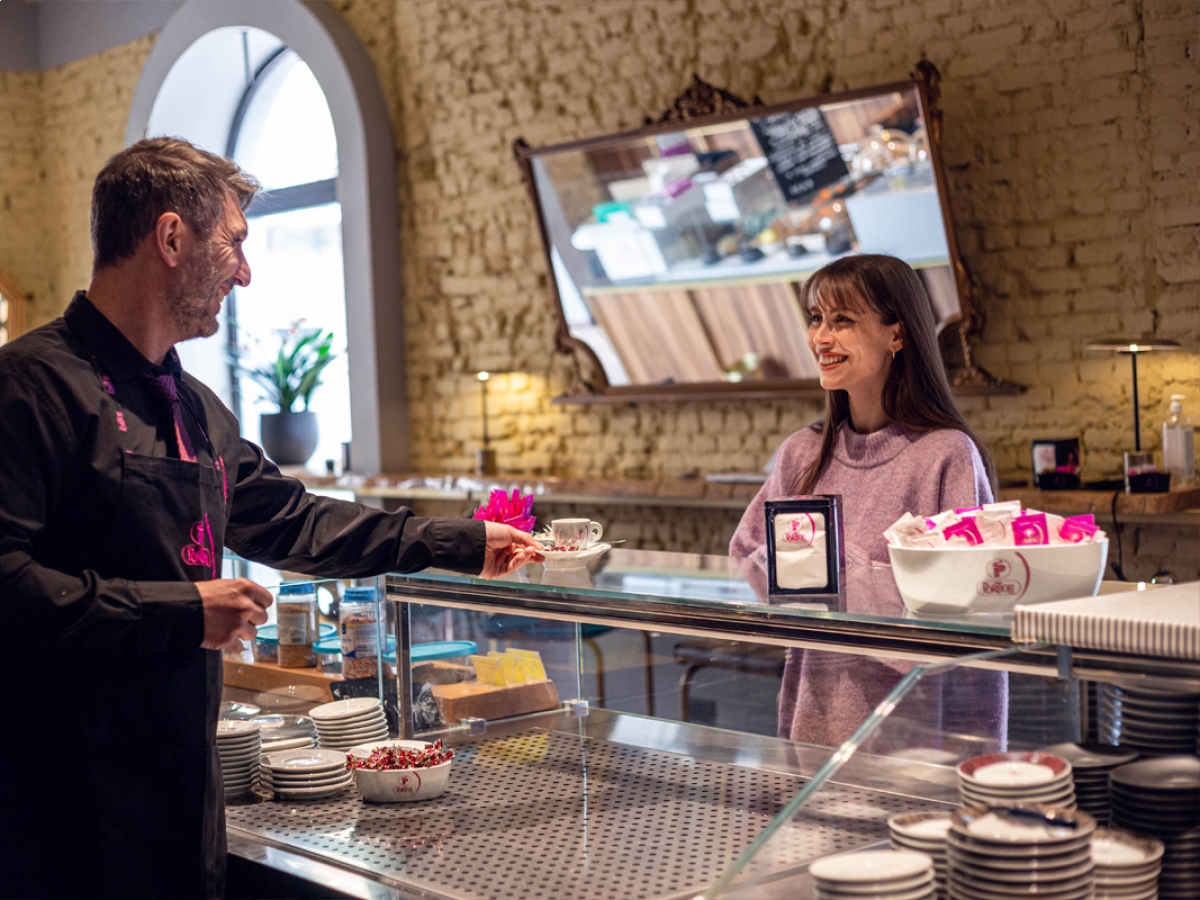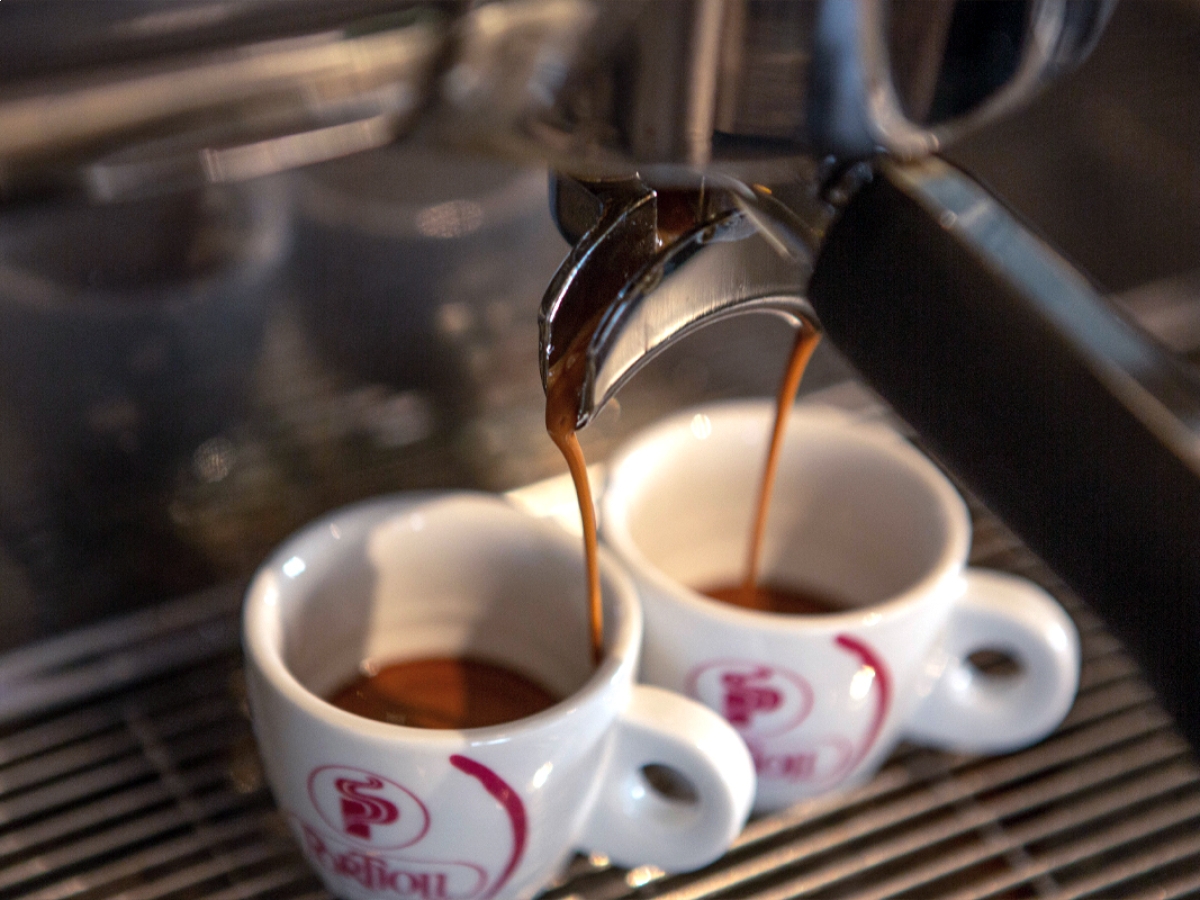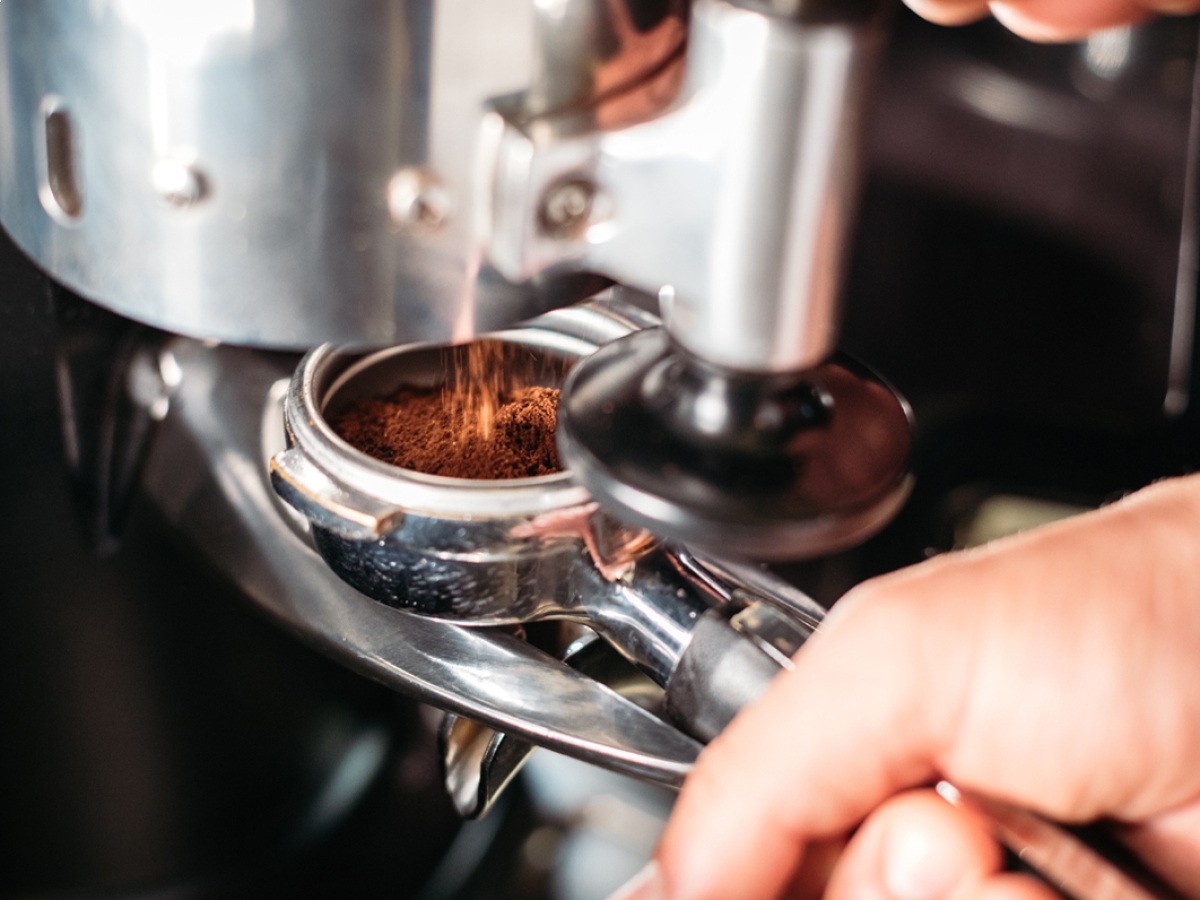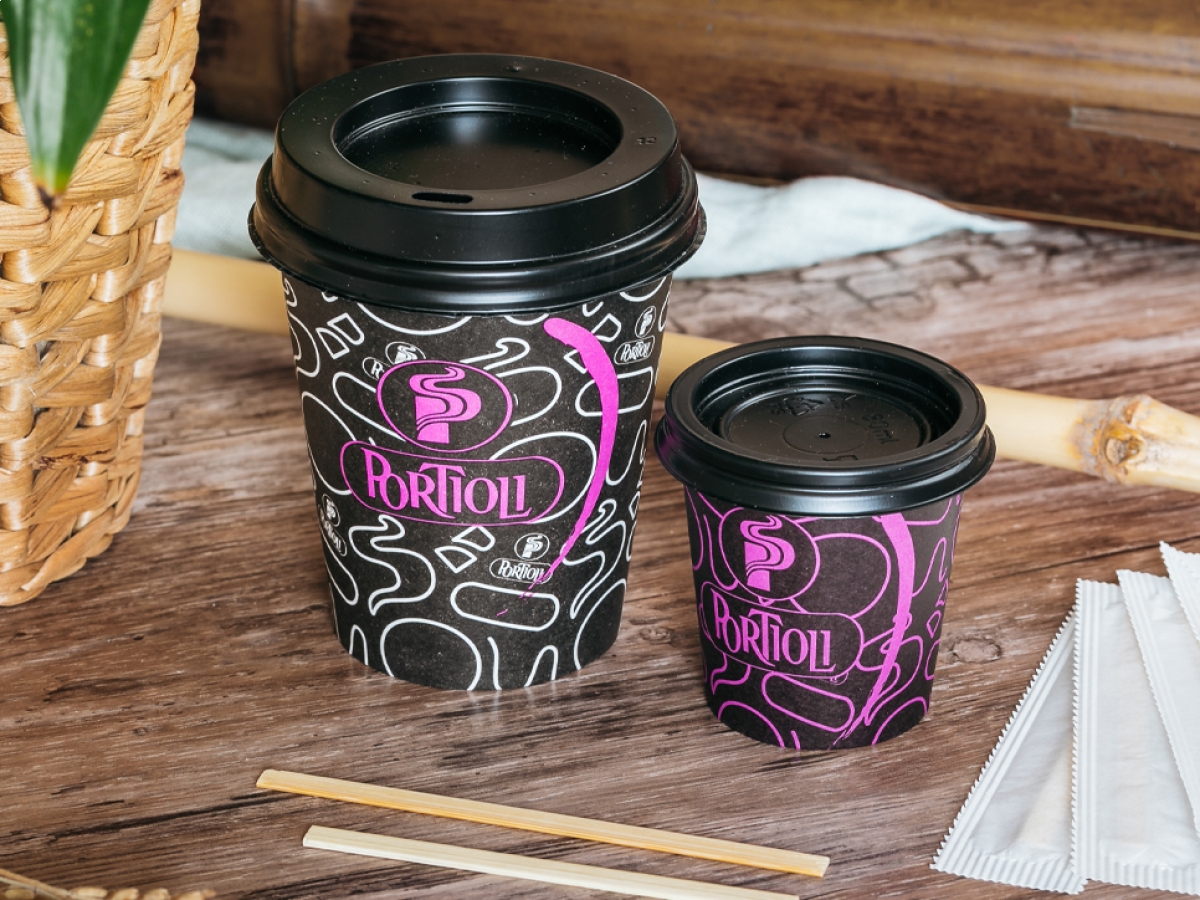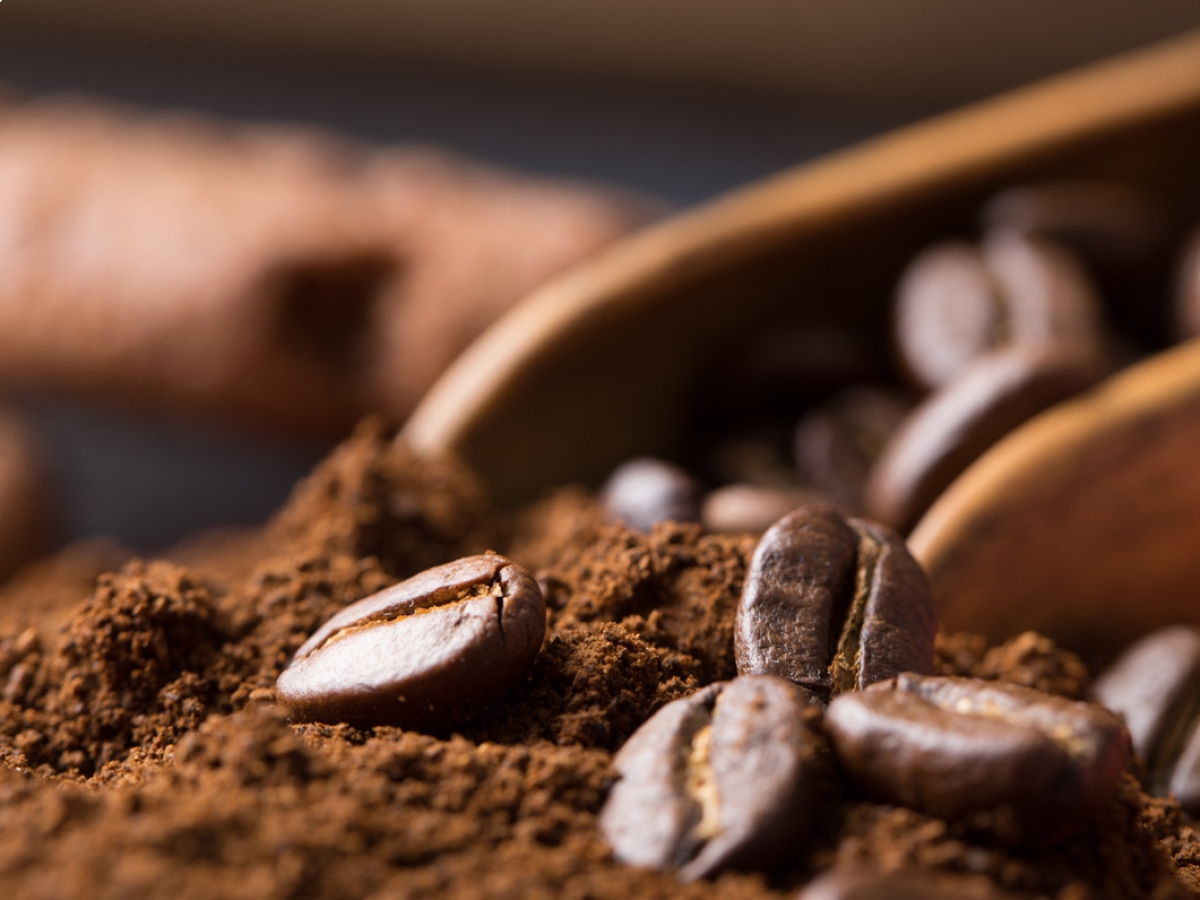
An excellent espresso such as the one proposed to baristas and restaurateurs by Portioli involves the great attention to quality at every stage of the coffee production. This is why Portioli guarantees the customer a production chain with attention to every detail and invites you to learn about all the stages that lead from the coffee bean to a cup of high quality espresso.
Coffee production - Facts and figures
There are several varieties of coffee, among them Arabica and Robusta take the lion's share of market worldwide and usually the coffee you drink at the coffee shop is 100% Arabica.
Coffee production is also limited to a few countries, and the plant grows between 600 and 2,000 meters in hot areas with a temperature between 20 and 30°C. Therefore, coffee production is divided as follows:
- 70% of the coffee produced worldwide comes from Central and South America, particularly Brazil, Colombia, Honduras, Nicaragua, Guatemala and Mexico
- 20% comes from Asia, specifically Vietnam, Indonesia and India
- 10% of coffee is produced in Africa, especially Ethiopia, Tanzania, Uganda and Congo
From bean to cup – All stages of coffee production
To get to the roasted and ground coffee we find in bars and restaurants, we start with the fresh Coffea bean, which undergoes lengthy processing to bring aroma and fragrance to the cup. Let us see what the processing steps are:
- - Harvesting: the two main methods of harvesting are
- 1. Picking: freshly picked cherries are husked to remove skin, parchment, and pulp. The kernels with film and parchment are soaked in water for 2 days. After this time has elapsed, parchment and silvery film are split and then sun-dried for 2 weeks. Finally, with a special machine, parchment and silver film are removed when dry
- 2. Stripping: freshly picked coffee cherries are sun-dried for 1 month. Once dried, a special machine decorticates the dried cherry by removing skin and parchment
- Sieving and shipping: after drying, the beans are sieved thanks to large machines that divide them by size order. These are then enclosed in large jute bags and shipped to producers around the world for the next steps that will give life and personality to the coffee as we know and enjoy it
The most important stage - Roasting
The most important stage of the coffee processing is roasting. This fundamental and delicate process requires the knowledge, precision and passion of experienced professionals. In fact, each quality of raw coffee has its own peculiarities, related to its origin. For this reason, we perform a customized and single origin roasting, which aims to enhance and exalt its organoleptic characteristics. A sort of coffee identity card is thus defined. The final moment of this phase is the air cooling process, in special tanks
Next comes the blending process: each coffee blend is made according to a precise recipe. Through the union of different single-origins, expertly dosed by the expert roaster, Portioli blends are born.
Packaging and marketing
The last step is Packaging. The blended coffee is transferred to the storage silo, and then to the rotary silo, which separates the intact, whole coffee beans from the broken ones. Once this step is completed, the coffee is poured into the multiple packaging machines, which will make different formats, suitable for all uses.
The entire production cycle of Portioli coffee takes place inside our factory. This allows us to follow with care and attention every single production phase, always guaranteeing a high quality of our products on the market.
At this point, the package of coffee is ready to be sold and Portioli has always offered baristas and restaurateurs all the quality of the best Robusta and Arabica varieties in different formats: ground, beans, pods and capsules.
All that remains is to understand what the customers' desires and tastes are in order to propose a coffee that is always excellent, in which every stage of production is carefully attended to in order to obtain the perfect espresso, the one that brings people to order the famous drink at bars and restaurants.
Related articles
Portioli Express
Home and office shopping
Experience authentic Italian espresso right at home with our premium blends in a variety of formats.
Go to the shop










